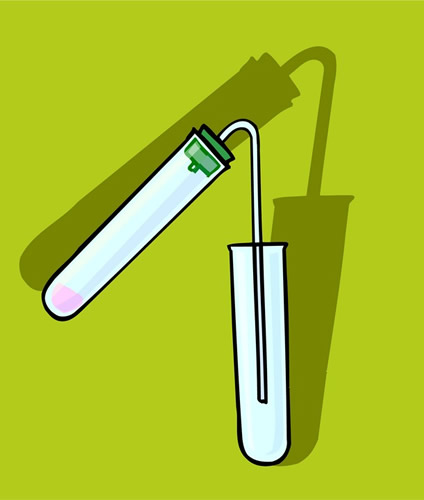-
All year long we will use scientific practices to learn about the world around us. Here are some terms that we use in science.Problem, Purpose, or Question: What are you investigating? Why are you doing this?
Hypothesis: Theory or prediction based on fact.
You must research and have some background knowledge before you make one.If...then...because (the way it should be written)Experiment/Procedure:
- Experiment: a way to test your hypothesis
- Procedure: the step by step process that will be followed during the experiment
- Be sure to change only 1 variable
- Be clear and concise
Data: The information that is being collected during the experiment.
Data tables should be made before the experiment begins.
Analysis: Look at the data for patterns
Check for flaws in the procedure or the way the experiment was conducted.Conclusion: Was your hypothesis correct?
What have you learned?
Does the experiment need to be changed and/or repeated?
Our conclusions will be written as a CER:
Claim: restate your hypothesis and say if you were correct.
Ex: My hypothesis was correct. The length of the pendulum was able to change the number of swings.
Evidence: prove your claim using evidence from data tables, reading, etc. Compare the control to the other data.
Ex: Our 38 cm pendulum (our control) had 12 swings while the pendulum that was 10 cm had 25 swings. The pendulum that was 120 cms only had
4 swings.
Reasoning: explain how your evidence supports your claim and bring in scientific termnology and backgroudn to try to explain what happened.
Ex: The 10 cm swinger had less distance to travel so it was able to move back and forth more times in the given time period than the 120 cm one that had to travel more distance. So the longer the pendulum, the fewer swings it will have in a given time period.

Select a School...
Select a School
- Brandywine High School
- Carrcroft Elementary
- Charles W. Bush Pre-School
- Claymont Elementary
- Concord High School
- Forwood Elementary
- Hanby Elementary
- Harlan Elementary
- Lancashire Elementary
- Lombardy Elementary
- Maple Lane Elementary
- Mt. Pleasant Elementary
- Mt. Pleasant High School
- P.S. duPont Middle School & ECAP
- Springer Middle School
- Talley Middle School

